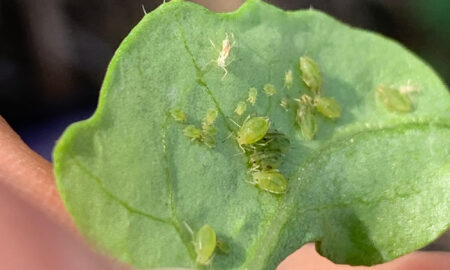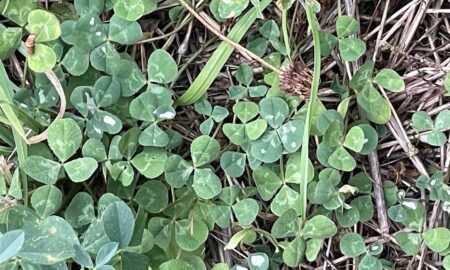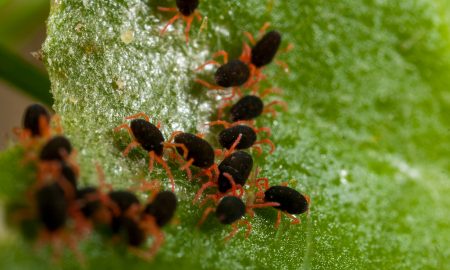The lesser or small striped flea beetle (Phyllotreta undulata) has again been spotted in a canola crop near Parkes, Central West NSW, and was the cause of some lucerne flea-like damage in some plants.
We first reported on this flea beetle in June.
With respect to the June reports, while one agronomist from Narromine who initially reported the damage has since said that they are no longer present in crops, the population near Condobolin is still active as of June 22nd and is being monitored.
Not cold enough for hibernation?
In our June update we had predicted that the lesser flea beetle may soon overwinter (become dormant) in the soil, leaf litter or stubble like it is known to do in some countries in the northern hemisphere.
But as it has still been spotted one month into winter, it is likely that conditions don’t get cold enough in this region to cause overwintering.
It is important to note that Phyllotretta undulata is an introduced species that has been in Australia for well over a century and has not eventuated into a pest of canola (or brassicas) like in some northern hemisphere countries, and therefore the biology of this species in Australia has not been researched.
Unlikely a cause of concern
So far, the damage described doesn’t not seem as extensive as the damage experienced in the northern hemisphere where various flea beetle species are considered a major pest of canola.
If you have seen a seen this little black beetle with two yellow stripes (2 mm in length) in your canola, please contact us so that we can learn and share more about it.
Acknowledgements
Thanks to the following for providing field reports: Michael Harris (AGnVET), Adam Pearce (Elders), Clint Sheather (Nutrien Ag).
Cover image: Photo by Michael Harris





